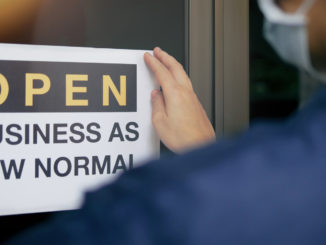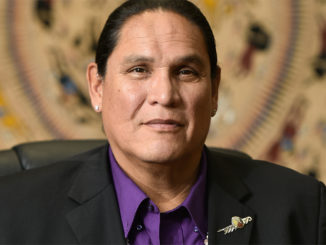There is not one marketer in the world who is not facing the restructuring and rethinking of their marketing after the year that we’ve had. And while some were somewhat lucky to be marketing “essential” businesses, casino marketers rolled snake eyes last spring.
But like spring, we slowly but surely emerged from our cocoons to reopen our businesses. Faced with limited capacity and the need to attract the most valuable guests to our most valued, limited real estate (our casino floors), the choice to cut advertising was too easy. I had no problem agreeing when these decisions quickly impacted our agency. Still, I knew that this kind of silence and invisibility in the market could not be sustainable for any marketer looking for growth.
As markets started to report revenue and companies proceeded with their earnings calls, there was no question that the decisions were the right ones to make for the time. However, cutting all advertising is never a long-term strategy. We know that our combined marketing has to strike the right balance between visits we pay for to a degree and those that come without the benefit of an offer.
Added to that need for balance is a growing difference in the composition of our guest pool. You have to ask yourself if it’s time to refocus or reframe your brand for a post-COVID-19 database (and workforce). Effective branding is the long play, but one that (done correctly) will aid in the growth of your operation because it focuses on where you want to go versus where you are.
This is the perfect time to rethink your brand, question all assumptions and refocus your brand for growth. Here are three critical steps to get you started in establishing a solid foundation for your brand. They are some of the most eye-opening exercises that we use in a branding masterclass at our agency.
Step #1: Understand the business from the most crucial perspective
We often think of our companies in the strict category of casinos. We evaluate ourselves and our competition in the same way, but you may find a different picture if you consider the market from your guests’ viewpoints.
- Why do guests need (or want) what you offer?
- Now list other means outside your property where these may be obtained. Identify and list the trade-offs that a guest makes for each in order to choose your service.
- Describe attributes that are important to guests in your market.
Step #2: Understand the current state of your brand
Warning: This is not about the consistency of your graphics. I’m referring to the unwritten brand, or what we call the bottom of the brand iceberg. I want you to dig into the team member manual, back-of-house signage, strategic plans and marketing plans, and collect what you have currently documented. It’s okay if you don’t have it as well-documented as you think, hope or should. You’ll get there.
Brands both shape and are shaped by your company culture. Many companies often see these expressed in formalized service programs. Some companies have these as specific company directives (like Zappos Family Core Values).
Set a 10-minute timer because you want to avoid overthinking the answers. This time limit is a bit of self-imposed truth serum. Ask yourself questions like:
- What does the brand stand for?
- How are the mission and vision reflected in how you do business?
- What about your brand’s values gets you excited about coming to work?
- Which values does YOUR MARKETING TEAM live? And which does the property as a whole live?
- Which values exist, but no one lives?
- What traits should team members, communications (internal and external, including the investment and regulatory communities) and activities embody?
- Are the values being communicated consistently across all of your audiences in the same way?
Step #3: Understand what is “on-brand” and what is not
Everyone has one or two things that they always try to “be” and another couple of things that they absolutely won’t do. At our agency, we always put learning and teaching first. We create learning programs, speak at events and contribute to publications such as this one because that principle guides us.
One way to increase your chances of avoiding landmines is by defining your qualifiers upfront and using them to evaluate your programs, partnerships, vendors and more. It’s a lot easier to prevent brand values mismatch upfront than to navigate a crisis on the back end.
Set that 10-minute timer again, and complete the following sentences from a brand perspective, reflecting on your mission and values:
- We always …
- We never …
- We believe …
- We support …
Write down a story of your brand qualifiers in action. How did they help guide decision-making in a challenging guest situation? How did they help guide decision-making in a team member situation?
The answers to all of these questions are only a snapshot of today. They will aid you in all of your marketing programs and communications. As you proceed through the refocusing process, you may discover that different answers are most appropriate, but that is great news! Brands should live and grow, so these kinds of exercises cannot be one and done.




